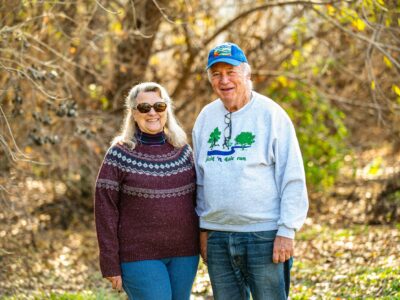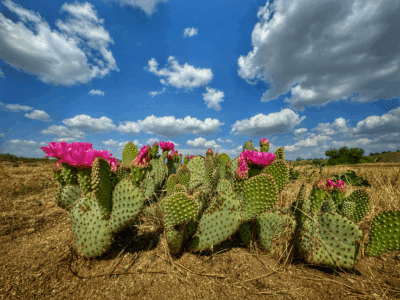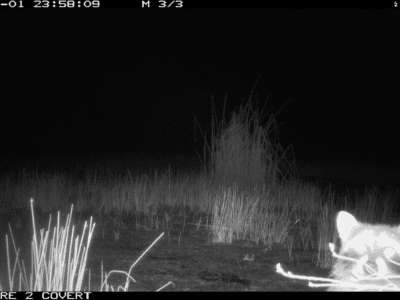After California experienced its wettest winter in recent history, the state witnessed an unprecedented superbloom that was big that it could be seen from space. Now drying up in the heat, fields of flowers throughout the state to erupted on hillsides that were dry and dormant during California’s historic three-year drought.
One of the most spectacular places flower-chasers flocked to is the Carrizo Plain National Monument, located in San Luis Obispo County.

While these flowers are a sight to behold, they are more than just pretty. The Carrizo Plain is home to one of the highest concentrations of rare, threatened, and endangered species in the continental U.S. The fields of poppies, fiddlenecks, goldfields, tidy tips, and other flowering plants provide habitat for species such as the San Joaquin kit fox, pronghorn antelope, Tule elk, kangaroo rat, and blunt-nosed leopard lizard.
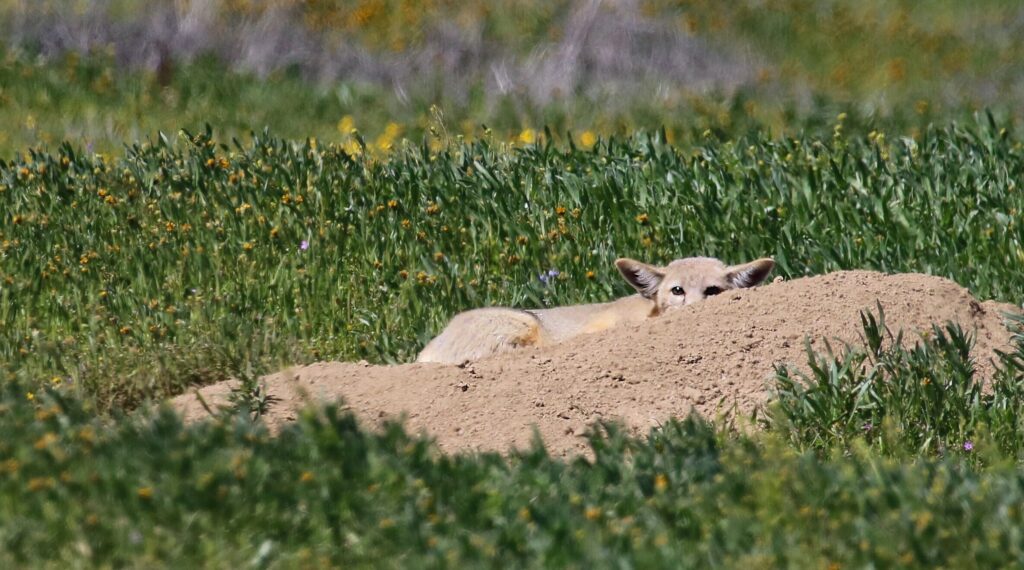
As urban and agricultural development replaced native flowers, grasses, and shrubs, the habitat for these species all but vanished California. There is a critical need for expanding and restoring Carrizo Plain for wildlife who rely on these disappearing habitats for survival.
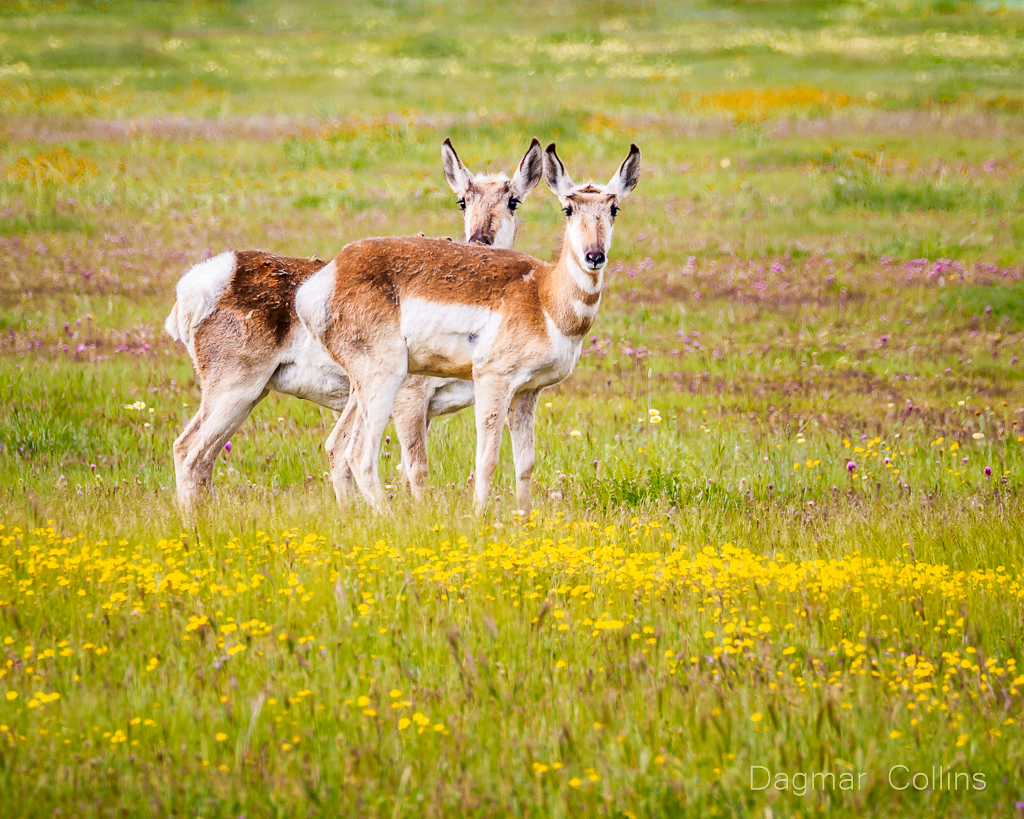
With new regulations taking effect under California’s 2014 Sustainable Groundwater Management Act, which take the most arid lands out of agricultural production, River Partners is preparing to restore thousands of acres of degraded farmland into native habitat for a variety of imperiled species.
River Partners is thrilled to be partnering with the California Department of Fish and Wildlife (CDFW) and the Carrizo Plain Ecological Reserve on an innovative drylands seeding project on former farmland.
Our goal is to turn former farmland into thriving upland habitat by introducing salt bush (Atriplex polycarpa). This shrub provides Pronghorn antelope and Tule elk cover for rearing fawns as well as nutritious summer forage.
“The ecological reserve right now is very homogenous—it’s flat plains of legacy non-native vegetation from ranging cattle,” says River Partners Ecologist Haley Mirts. “We seeded over 100 acres with salt bush to increase structural diversity of the habitat.”
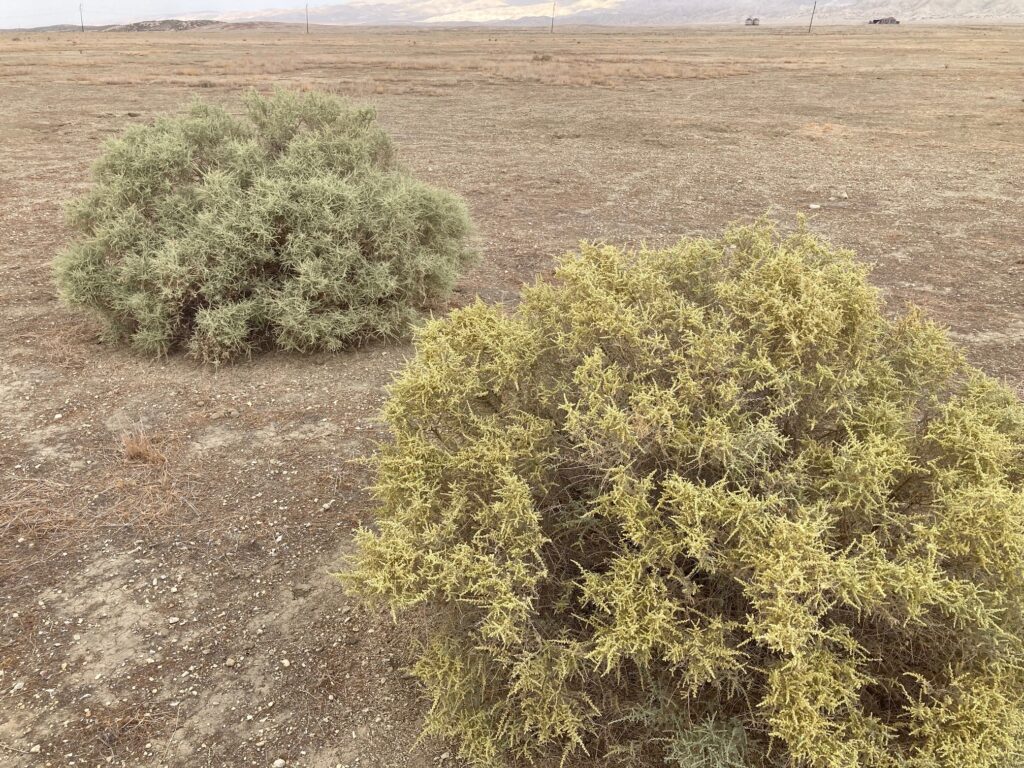
In December 2021, River Partners’ teams collected wild salt bush seeds by hand, which were cleaned and tested before planting. Our restoration efforts include a matrix of small test plots to learn how to most efficiently and effectively restore salt bush in dry conditions. This will enable us to understand the best way to establish the brush in large areas invaded with non-native species and annual grasses.
This is the second year of our efforts, and we’re seeing success, thanks in large part to the roughly dozen atmospheric rivers California experienced since January.
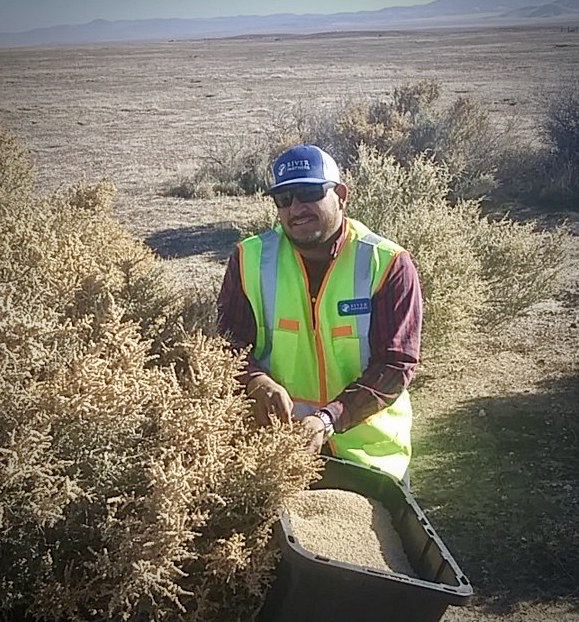
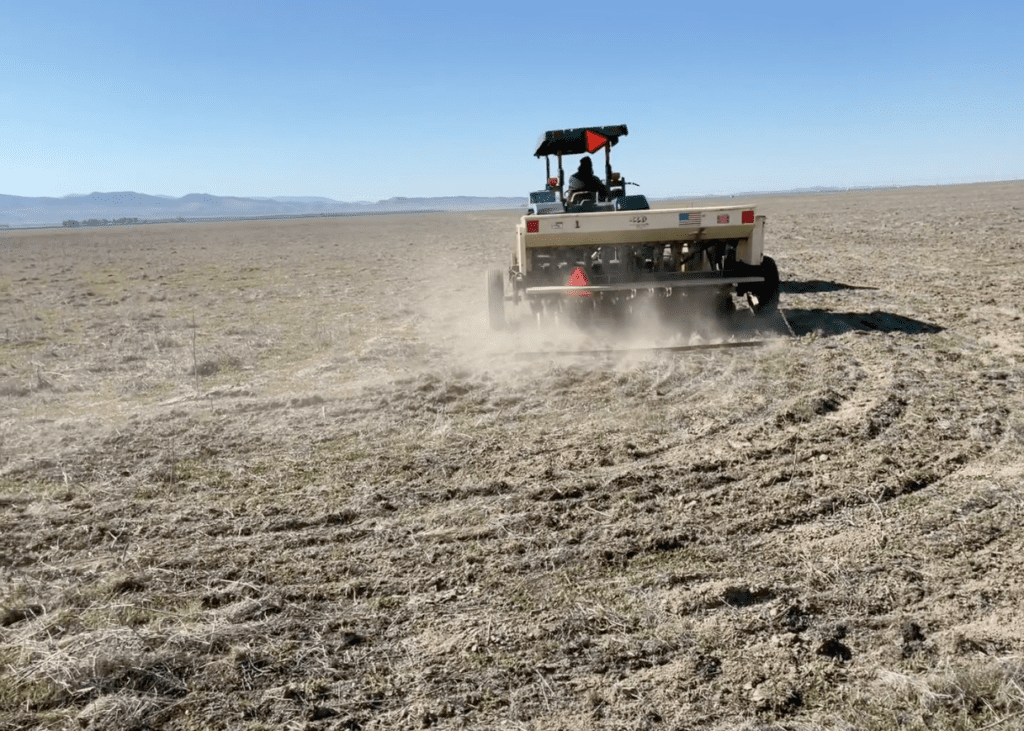
Mirts says, “Ideally, if we can learn how to establish saltbush successfully, we want to scale up this project to create more patches on the landscape. If we’re able to successfully learn how to establish habitat in degraded, dry areas, it’s a really good way to make a scalable impact on a lot of species.”
In conclusion, the superbloom in California is not only a stunning natural phenomenon but also a vital source of habitat for endangered species. At Carrizo Plain, the restoration efforts of River Partners, in partnership with the California Department of Fish and Wildlife and the Carrizo Plains Ecological Reserve, are providing critical support for rare, threatened, and endangered species.
Through the innovative use of dryland seeding and the reintroduction of native grasses and shrubs, River Partners is helping to revive degraded farmland and create thriving upland habitats. These conservation efforts demonstrate the power of partnership and the potential for large-scale impact, providing hope for the future of endangered species in California.


